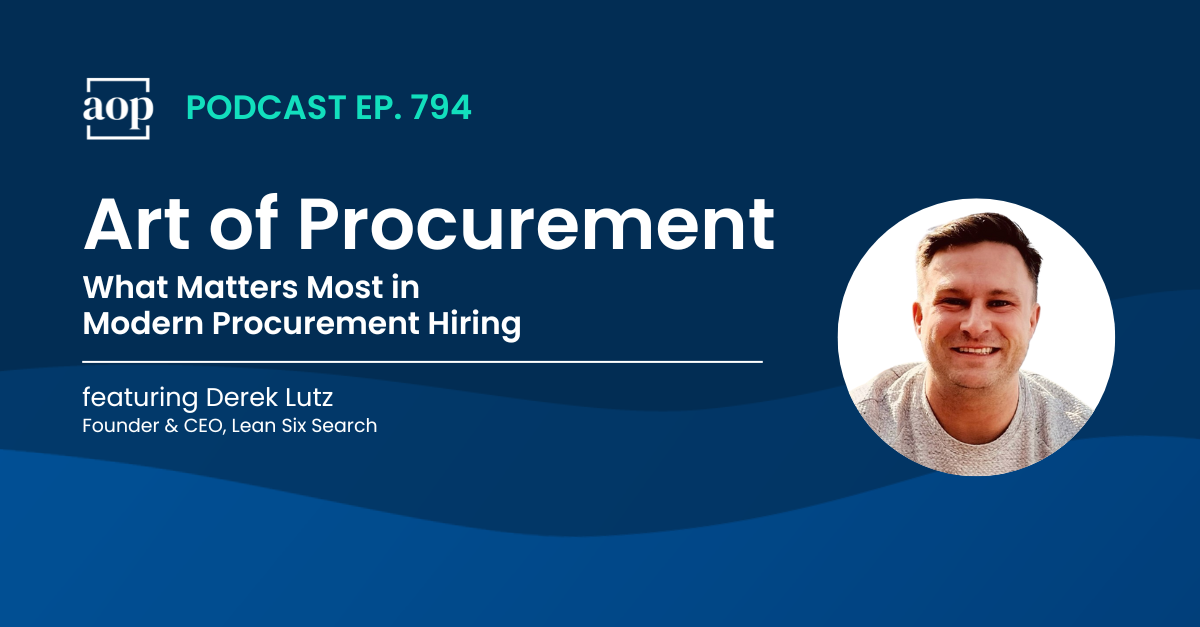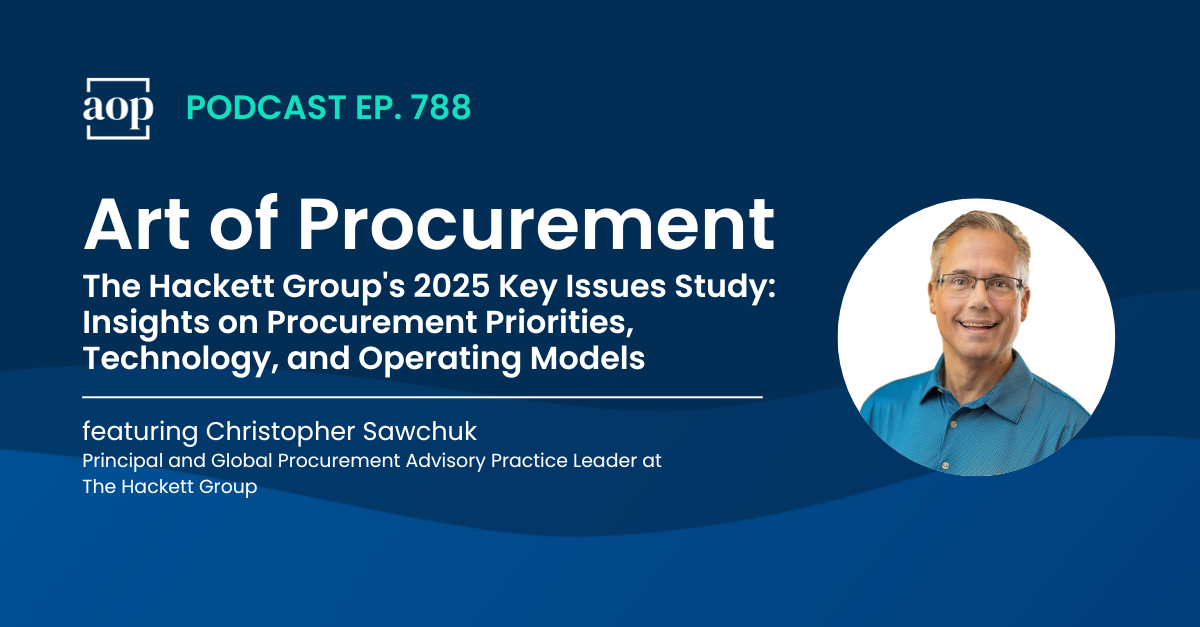
“To realize true value for money you have to focus on the work outputs required and how to best achieve them.”
— Teresa Carroll, President of Talent Solutions at Kelly Services.
I recently had the opportunity to collaborate with Kate Vitasek (from Palambridge partner Vested) for a Forbes article on procuring talent and labor services. Of all the categories of spend procurement has responsibility for, talent – especially strategic talent or ‘knowledge workers’ is the most overdue for disruption.
Key to Kate’s thesis is that rate cards, or fixed hourly rates associated with certain skill levels from a single provider, have outlived their usefulness. As Teresa Carroll points out in the quote above that I pulled from the article, achieving strategic objectives requires a much broader approach to talent acquisition and management – even when that talent comes from an external source.
A piece of this argument is relatively straightforward. Focusing on time and materials suggests that the company (or at least procurement) is only concerned about the amount of time that someone sits at their desk. Anyone that has ever had an ‘off’ day knows that it is easy to sit at a desk for a very long time without creating any value at all, especially if the chair is comfortable. Instead, procurement must focus on what these resources actually deliver, what value they create, and how that links to the core objectives of their stakeholders and the enterprise as a whole.
Since there is never enough space in one article to explore all of the related ideas, I’d like to offer up a few additional thoughts on the topic of evolved talent management.
- ‘Employee’ desires have changed, and a growing percentage of non-traditional workers are now supporting companies as external ‘knowledge workers’ rather than just serving as technical capacity.
This is partly able to happen because there is greater acceptance of more flexible talent models. This, in turn, drives a virtuous circle of agility and achievement. The other necessary piece of matching up employee desires with knowledge needs is the growing popularity of deliverable and outcome-based pricing models. This approach allows up-and-coming service firms to price on value rather than time. Anyone who is really good at what they do can earn a lot more and have the flexibility to work on the kinds of engagements they are most interested in – so long as they are focused on the touchpoints that really do materially contribute to the creation of enterprise value.
Speaking of enterprise value, companies have a more open mind in terms of how they source talent – perhaps because growing comfort with Airbnb and Uber-type models in our personal lives have opened our minds to more flexible models, the growth of ‘agile’ infrastructure, enabling technology. etc.
- RPA has entered the talent scene, creating further disruption and a lot of confusion.
We’ve all heard about the rise of RPA/AI/smart machines… but what do they really mean to procurement? Are they just new buzzwords for old solutions? Add to that the blurring lines between staffing firms, traditional outsourcing, and management consulting, and it is hard to know where to start, let alone how to objectively compare the possibilities.
Once again, it all comes back to deliverables and outcomes. What are you actually trying to achieve by bringing in a particular skill set? Do you want a ‘bum on a seat’ or do you have a specific objective? Ever evolving technologies can accelerate the talent identification process, but new models enable access to expertise that was previously out of reach – while you pay for only what you use. It seems crazy, given that procurement used to routinely look at the world in 3-5 year windows, but even a 3-month commitment can mean paying for things that aren’t really needed.
- Competing on the power of intangibles
It is impossible for me not to think about my vision for the Palambridge model in relation to Kate’s article. We are constantly soliciting feedback and trying to articulate the precise source of our competitive advantage. It’s not experience (that’s too common) or frameworks (as they can usually be licensed). We are coming around to the realization that the difference is relationships, influence, integrity, and the AOP brand. Lots of other professionals know what I know and have seen the same individual and enterprise dynamics as I have. But not one of them will approach an opportunity in the same way as Palambridge, and that’s our advantage – one that no one else can possibly replicate.
We partnered with Kate and the rest of the Vested team because their collaborative model is second to none in procurement and supply chain. But we also partnered with them because Palambridge aspires to meet or exceed all of the value-added, relationship driven principles they stand for. Although that model can be applied to any category of spend, it is particularly impactful in strategic services categories – spend that is on the rise in enterprises across industries.




